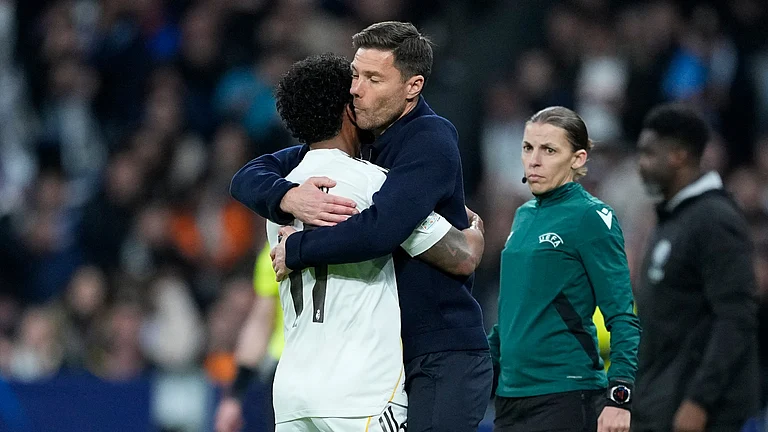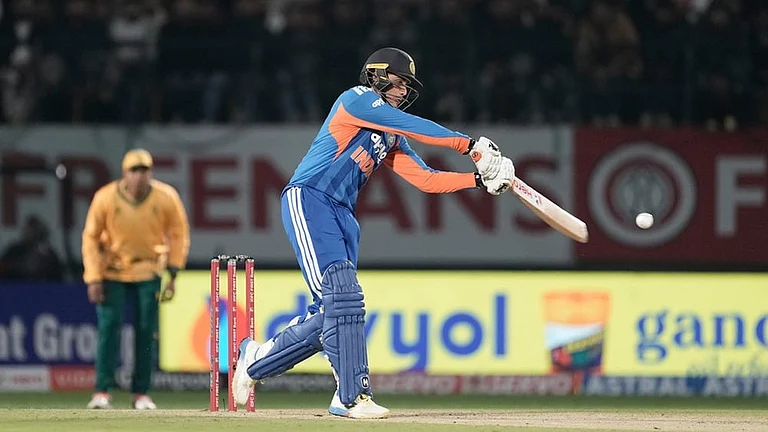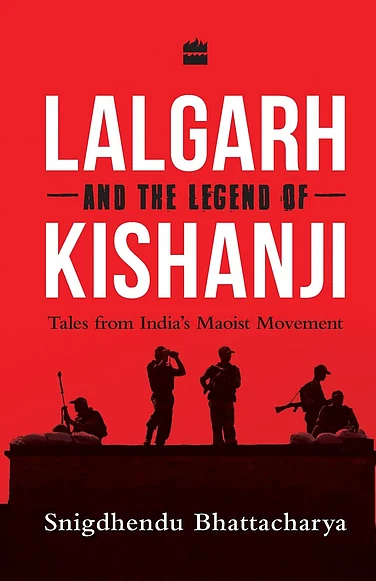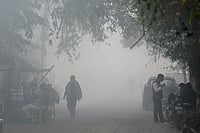The US invasion of Iraq in 2003 resulted in the widespread assassination of several Iraqi academics. Some others were sent envelopes containing bullets to threaten them to leave their institutions, as well as the country, or risk getting killed. Iraqi-American anthropologist, writer, poet, and journalist Louis Yako, in his book Bullets in Envelopes: Iraqi Academics in Exile, traces the genealogy of loss and the destructive side of the US occupation of Iraq.
Yako poignantly describes exile in the book and says, “Exile is not just the location where exiled people are today, it is also everything that happened before arriving at their current destination.” The book offers a heartbreaking narration on the state of exile and the strong feelings of defeat, humiliation, and loss it generates.
Unrealized Indian Dream
India is no stranger to feelings of despondency and homelessness. The partition ravaged northern and eastern parts of India, uprooting swathes of the population and throwing them into unknown territories. It was accompanied by murder, rape, and the annihilation of families. The history of partition has been well-documented in post-Independence literature and cinema.
However, what has gone largely undocumented is the continued tradition of similar displacement in independent India. The country was created on ideas very different from some of its neighboring countries: it was conceptualized as a safe haven for a diverse group of people. Post-independence, displacement ideally should have stopped. It did not.
Increased militancy in Jammu and Kashmir in the 1990s forced a religious minority of Kashmir, the Kashmiri pandits, to flee their homeland. Several were killed, women raped and children murdered. Kashmiri pandits have narrated events like schoolchildren being killed during a Republic Day function sometime around 1994. The trauma was so gripping that, post the event, many parents developed a fear of public events and resisted their children’s participation. There were open calls of raping of Kashmiri pandit women. Some of the tales that are coming out are ghastly, to say the least.
Events such as these forced people to flee their homeland. Some have lived in refugee camps in Jammu since. Abject poverty followed for some, while others began rebuilding their life from scratch after having lost everything, in different parts of the country.
Other Displacements
The India of the 1990s is full of stories of displacement and rootlessness. I come from a family that saw displacement twice. The first time was during India's partition, when Sylhet, from where my family hails, went to East Pakistan.
Before partition, Shillong, the capital of Meghalaya, was the capital of undivided Assam. Sylhet had been a part of Assam since 1874. Several Sylheti Hindus left Sylhet after it became a part of East Pakistan following a referendum a month before the partition and landed in Shillong. My paternal grandfather's family too moved to the Northeastern city. He completed his education there and later worked as a government employee in the city. Other members of the family too settled there post-partition.
My grandfather built a beautiful house in Laitumkhrah, amidst the peace, calm, and serenity of the hills. My father and his sister, my aunt, were born there. They finished their education there. My aunt became a teacher in the school she once was a student of. My father and his cousins roamed around the streets of Shillong as young children, getting exposed to its delectable food and rock culture. The city always had a thriving cosmopolitan culture.
I still remember the huge plum trees that grew right behind our house that my grandmother had caringly nurtured and the beautiful flower garden she created on the front side of our home. My mother went to that house as a newly married woman. That was her first marital home. My father then built the second floor of the house with a small fireplace. I have vague memories of that house as a child.
The Identitarian Churn
Meghalaya, as well as several parts of northeastern India, has been a witness to peak anti-outsider insurgency. The first major riots in Shillong took place in 1979, directed mainly against the local Bengali minority, aimed to drive them out. Rioting continued through the 1980s sporadically. In 1987, curfews were imposed for a whole year.
Through the whole of the 1990s, violence against outsiders continued. Houses were burnt and people were murdered and raped. Right after sunset, most Bengali and Nepali houses would keep their lights switched off to create a perception that the houses were empty. There was a curfew every day at 7 pm. The shop of my father’s friend was burnt down. The whole of Nepali and Bengali populations were ethnically cleansed out. I could not find any figure for the number of deaths. Some unverified estimates put the exodus figure at 20,000. My family was displaced for the second time. These were stories that I vaguely remember my grandmother narrating after we moved to Calcutta.
My grandfather sold his house at one-fourth of its then valuation. The family moved to Calcutta and lived in small rented spaces. We did not have the financial bandwidth to buy another house. Then began the struggle to rebuild, of dealing with stretched finances. My grandparents could never get used to shrunken spaces. My grandfather, generally a quiet man, fell even more silent. He refused to socialize. Whenever guests visited, he would excuse himself and go into his room. My grandmother was a stronger person. She dealt with it better.
There are several stories across India of exile. Of having lost homes within the homeland. Several stories that never got told. That perhaps died with the generation that bore the maximum brunt. Stories that deserved to be documented in popular culture.
But there is a thin line of difference between stories of real-life experiences and narratives. Narratives rob history of its complexities. History is hardly black and white, it is grey. There is no one victim or one perpetrator. While stones were pelted at Bengali homes by young Khasi natives, the same Khasi friends of my aunt gave her shelter on days she was unable to reach home before sunset. Our Khasi neighbors chased away a group of troublemakers who had been standing in front of our home one day post 7 pm to gauge whether it was empty or had inhabitants.
Truth And Its Many Claimants
Representation in popular culture works as catharsis for victims of horrific, systemic crimes. What else is art for, if not a medium to tell stories of suffering, thus enabling future generations to learn from the blunders of the past?
But, it is also important to see how the representation is done. Rahul Pandita’s Our Moon has Blood Clots poignantly captures the exodus of Kashmiri pandits by weaving a powerful memoir through oral histories and poetry by several poets, primarily among them Agha Shahid Ali and Lal Ded. Khushwant Singh’s Train to Pakistan immediately comes to mind. The novel does not merely see the partition only through the political events surrounding it but digs deep to bring a local focus which gives the whole narration a human dimension, bringing a sense of believability and horror to the events. Govind Nihalani’s Tamas, based on the Sahitya Akademi Award-winning eponymous Hindi novel, is an evocative example in this genre. The television film is set in the backdrop of a riot-stricken Pakistan at the time of the partition of India. It depicts the plight of emigrant Hindu and Sikh families to India as a consequence of the partition.
It is commendable that more and more Kashmiri pandits are speaking up about the horror of their displacement. But, it is important to remember that narrative building had robbed them of the agency than to tell the world what they went through. History teaches us to not repeat the mistakes of our past.
The internet is flooded with videos of sloganeering against Muslims in cinema halls and calling for their extermination. As for someone with religious privilege, it is still frightening to see open calls of hate against a minority community. A good piece of art is one that moves us into silence.
Nobody should tell anyone how to grieve. We do not have that right. But, we do have a moral responsibility to make history holistic. To also give voice to several pandits who have come out to say that their lives were saved because of well-meaning Muslim neighbors, just as it is also true that several Hindus were left feeling betrayed by their neighbors.
There is no one truth. Several truths can and do co-exist. We made the mistake of emphasizing on only one truth before. We can learn to avoid it going ahead. Several people have seen displacement and death in India. If you ask me which is more painful, I would not know. Pain cannot be quantified.
My paternal grandparents died remembering their home. I still do not know which—Sylhet or Shillong.






















